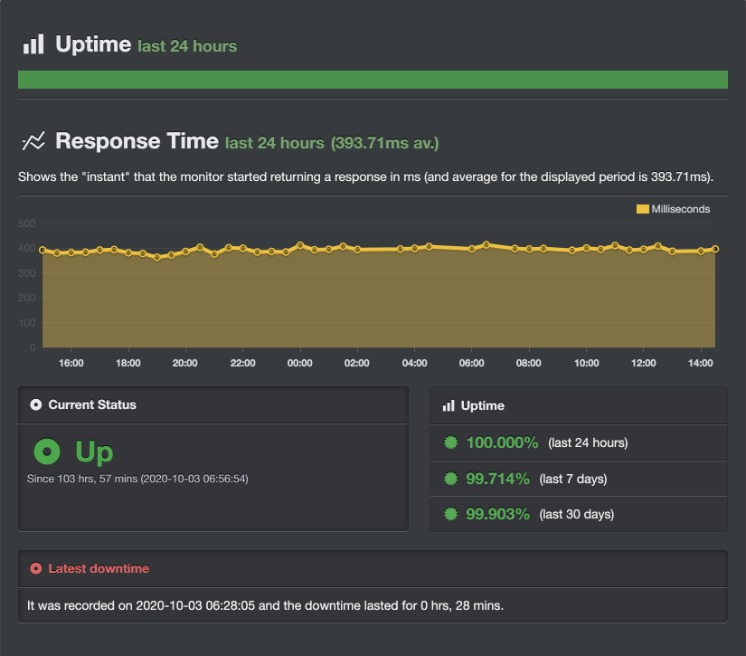Load Balancing Methods And Techniques You Have To Know To Improve Network Effectivity
TCP/IP, brief for Transmission Management Protocol/Internet Protocol, is the cornerstone of network engineering. It lays out the rules for how data must be packaged, despatched, and navigated through numerous gadgets, forming the important infrastructure of the internet. A specialised hashing algorithm that, when a server is added, solely a portion of requests to old nodes is redirected to the model new croatia proxy node, allowing clean migration. Load balancers act as gatekeepers, hiding backend servers and integrating with instruments like SSL/TLS, Internet Software Firewalls and DDoS safety mechanisms. These companies often integrate seamlessly with different cloud-native instruments, making them a practical selection for companies that value agility and ease of use.
Least Connections
Good structure design and elastic scalability can significantly improve the effectiveness of load balancing. Load balancing, as described in the earlier section, is a way for distributing workloads between a number of servers or assets. The goal is to guarantee that no single server is overloaded so that each one servers can operate optimally and provide fast responses to customers. Community load balancing evenly distributes customer traffic across multiple servers and content material supply networks, making certain constant content material availability and rapid loading speeds. In this algorithm, the servers modify based mostly on real-time knowledge such as the server load, or response time to identify probably the most appropriate server for the upcoming visitors requests.
Important Instruments For Load Balancing
A malfunctioning or incorrectly configured load balancer might lead to visitors being delayed, misrouted, or completely blocked. Moreover, proper strategies and practices are important to mitigate dangers and maximize the advantages of load balancing. They supply strong performance and are often used when high reliability and efficiency are non-negotiable.

In this text, you’ll be taught what load balancing is, why it’s important for scalability and reliability, and tips on how to implement it successfully in your own techniques. Cloud ServicesCloud providers require the ability to adjust their capability in real time to accommodate fluctuations in demand. They evenly distribute incoming network visitors throughout a number of servers or situations, ensuring that the workload is balanced and the system remains obtainable and responsive. What ought to be a second of celebration can quickly flip into a disaster in case your infrastructure buckles under the pressure.